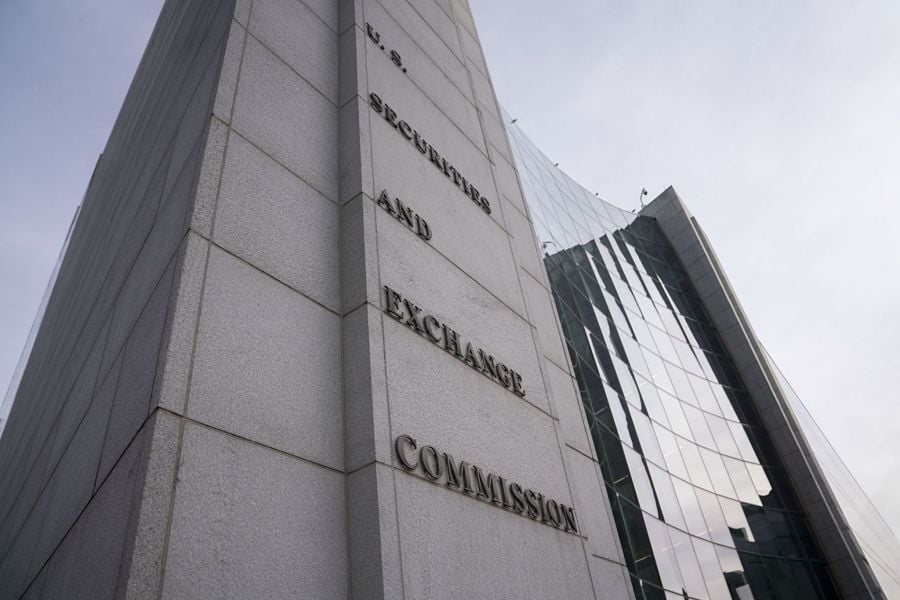

Investment advisors worried about what may be in store when the SEC knocks on their door received a fairly detailed preview from the agency Wednesday.
The Securities and Exchange Commission outlined in a risk alert how it selects firms to examine, the areas it focuses on in the probes and how it chooses which documents to request.
“The [Examination] Division is providing this information so that advisers may prepare themselves for an examination,” the risk alert states.
The SEC’s openness about the examination process surprised a compliance expert.
“I can’t recall when they’ve been so explicit about what they do and why they choose a firm for examination,” said Amy Lynch, president of FrontLine Compliance. “It’s a road map. It tells you where to look in your compliance program and books and records to make sure you’re meeting the requirements of the SEC and providing the appropriate information to examiners.”
For instance, the SEC targets firms for examination based in part on their particular risk characteristics, such as business activities, conflicts of interest and regulatory history. It also may examine a firm because of tip, complaint or referral, or because of the staff’s interest in a particular compliance risk.
Each year the SEC publishes its examination priorities, which highlight regulatory risks that are top of mind for the agency. The scope of an examination and the documents the SEC requests vary from firm to firm.
“However, examinations typically include reviewing advisers’ operations, disclosures, conflicts of interest, and compliance practices with respect to certain core areas, including but not limited to, custody and safekeeping of client assets, valuation, portfolio management, fees and expenses, and brokerage and best execution,” the risk alert states.
The risk alert includes an attachment that outlines the types of information and documents the staff requests during a typical exam. The list includes information about the firm’s business operations, compliance program, fee calculations, portfolio management, brokerage and trading, and conflicts of interest.
There’s also an overview of information the SEC typically requests regarding an advisory firm’s marketing and advertising, financial records and custody.
Every year, the SEC examines about 15% of the approximately 15,000 investment advisors registered with the agency. It is trying to lift that ceiling.
The risk alert “could be one way in which they’re preparing the industry [for exams] in order to make the exams go more smoothly” and ultimately increase the number of exams the agency can conduct, Lynch said.

Relationships are key to our business but advisors are often slow to engage in specific activities designed to foster them.

Whichever path you go down, act now while you're still in control.

Pro-bitcoin professionals, however, say the cryptocurrency has ushered in change.

“LPL has evolved significantly over the last decade and still wants to scale up,” says one industry executive.

Survey findings from the Nationwide Retirement Institute offers pearls of planning wisdom from 60- to 65-year-olds, as well as insights into concerns.
Streamline your outreach with Aidentified's AI-driven solutions
This season’s market volatility: Positioning for rate relief, income growth and the AI rebound
